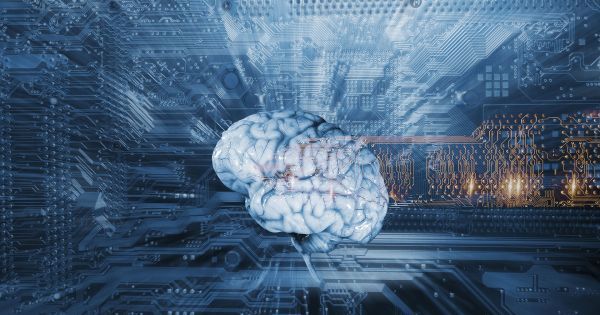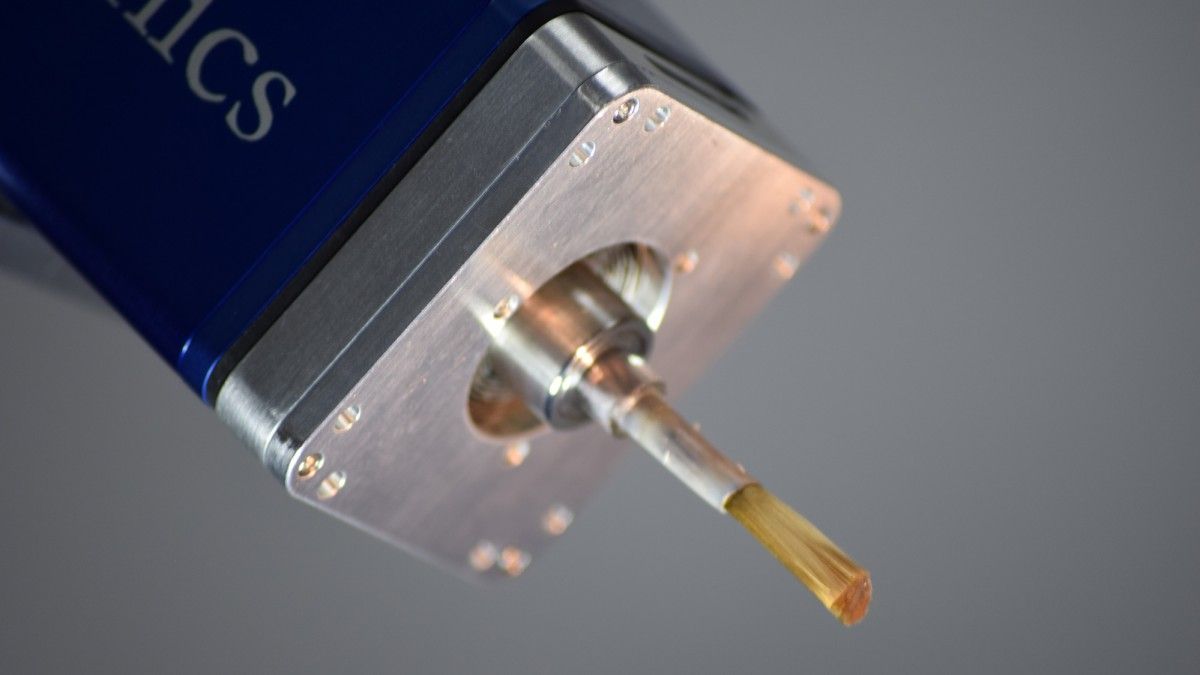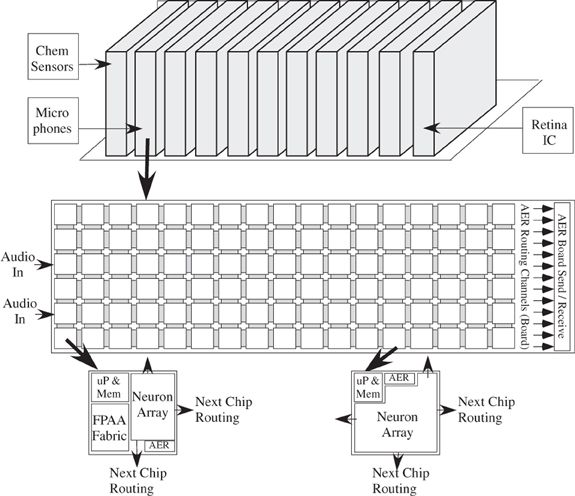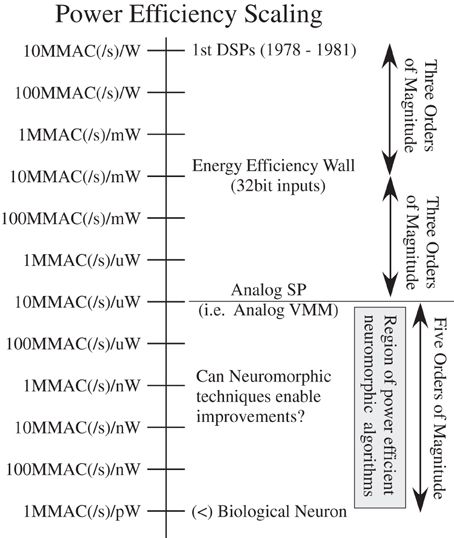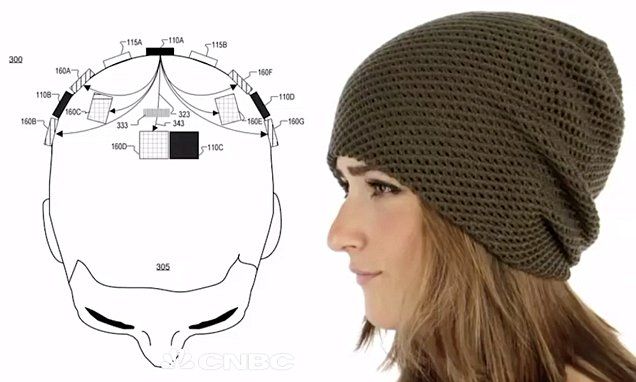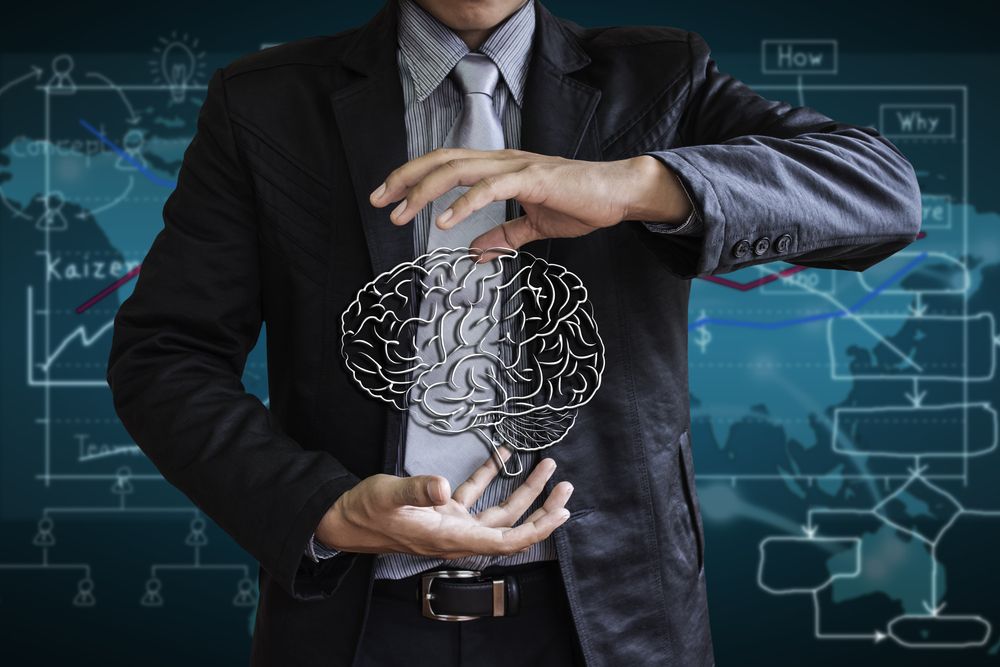The benefits of rejuvenation biotechnologies would extend to the whole human society. #aging
Rejuvenation isn’t good just for individuals and the people close to them. It is good for society as a whole, for a number of reasons. These reasons—which I will now proceed to discuss—should be enough make rejuvenation research a top priority for humanity in its entirety.
Ever heard anyone lamenting that the great minds of history are no longer with us? That we could certainly do with all the Einsteins, Montalcinis, Fermis, Curies, etc, living longer? And have you ever felt saddened when a great mind of our time died? You probably did, or at the very least know someone who did.
Just imagine how much faster would science and progress march if our greatest physicists, doctors, engineers, philantrophists, etc, could live an indefinitely long life. Remember that we’re not talking about a longer life spent in decrepitude and sickness: We’re talking about a 200-year-old Einstein with the experience of two centuries but the physical and mental agility of a 25-year-old. If he was still alive, maybe he could’ve figured out how to unify general relativity with quantum mechanics—something that has been eluding all efforts for decades. Every time a great person (or any person, for that matter) dies, their particular experience is lost forever. Never mind that there are other experts, or that similar knowledge is found in books; it’s not even remotely the same. Rejuvenation would allow us to benefit from the knowledge and wisdom of the best among us for centuries on end.
Continue reading “Rejuvenation is good for society” »
